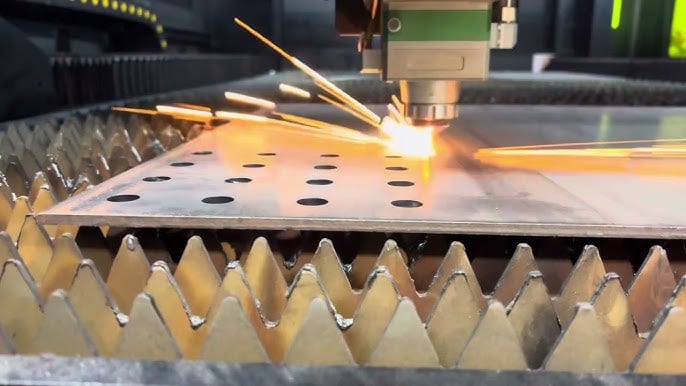For most woodworkers, a good table saw is the first piece of equipment that they acquire, because it’s an essential tool for providing accuracy, safety and repeatability to a number of woodworking operations. There is such a wide range of features and prices in the table saw market, however, that many people find the process of choosing the right table saw to be a daunting task. Last year I had the opportunity to have each of the three new Laguna Fusion table saws (Fusion F1, Fusion F2 and Fusion F3) in my shop for a lengthy test drive, and through that process I was able to develop a good sense of how to position these saws for woodworkers who find themselves in the market.
To help would-be buyers with their decision process, I’ll talk about the attributes of each of the Laguna Fusion table saws and my experience with each one.

Power. One of the first points of comparisons as woodworkers contemplate a table saw purchase is how powerful the motor is. Horsepower ratings are a good indication of the feed rate that you can expect to achieve as well as the thickness of material that you are able to cut. I tested all three of the Fusion saws using 8/4 oak material, which is a pretty good test of a saw’s cutting power. All three saws were fully capable of cutting through this material, so if you are a hobbyist just getting started, it’s important to know that if your plans require ripping some thick stock, you don’t have to jump all the way to the top of the line just to achieve that. With only 1/4 HP separating the F2 and F1, the difference in feed rate between the two was modest. The 3HP 220V F3 allowed me to push the stock through at a much faster rate than on the other two saws. In fact, I could rip just about as fast as I wanted to on the F3. Therefore, if you are a professional woodworker, and “time is money”, then the additional power of the Fusion F3 will serve you well.

Capacity. Woodworkers have differing requirements in terms of the size of work surface that they need on their table saw. When I build furniture or miscellaneous accessories, I find that I can generally get by with a smaller table saw work surface. But for cabinetmaking, I’m commonly handling 4’ x 8’ sheets of plywood or MDF, and larger surface is essential.
The F1 provides the minimum size for most woodworking projects. I found that I could make virtually any hardwood cut that I wanted; ripping or crosscutting. The F2 adds an additional 7” of rip capacity, making it a bit more versatile. For either the F1 or F2, however, I prefer to make the first rough cuts on a sheet of plywood using a circular saw to maintain better control, then take the smaller pieces to the table saw for finish cuts. For production cabinetmakers, the F3 provides up to 52” of crosscut capacity as well as integrated outfeed support, which is critical for safely ripping a full sheet of plywood.

Portability / mobility. If you want to move your table saw around the shop, all three saws can be easily moved. If you want to pick up the saw and take it to a job site, the F1 is designed with this application in mind, as the stamped steel wings and aluminum trunnion make it optimized for portability. I wouldn’t suggest planning on moving either the F2 or F3 from site to site, as all that cast iron will work against you.

Fence. The F2 includes a standard European style fence that I instantly fell in love with. The fence has high/low option that allows for super thin ripping while the blade guard is in place. It can also be extended forward to enable safe length referencing for crosscuts, or to provide a longer on-ramp for ripping to stabilize the work piece before reaching the blade in a rip cut. The F3’s fence includes the same Euro design with heavier duty construction.

Robustness. One last area of consideration is robustness, and each step up in the Fusion line delivers more on that front. I like heft on a table saw because it dampens vibration and stabilizes the tool. Compared to the F1, the F2 adds cast iron wings and a partial cast iron trunnion assembly that make it noticeably more beefy. The F3 adds a full-blown, massive cast iron trunnion, a larger cast iron top, and a heavy gauge cabinet. Additionally the fence rails on the F3 are made of thick tube steel which also adds significant weight to the tool.
A table saw is a great tool to have in your shop, and you want to buy right the first time to it pays to give ample consideration to which saw your needs require. If you’d like to see these tools in action, or get some additional detail on my observations, you can find a video covering each one on the ToolMetrix YouTube Channel.
Laguna Fusion F1 Table Saw Deep Dive Examination
Laguna Fusion F2 Table Saw Unboxing and Deep Dive Examination




